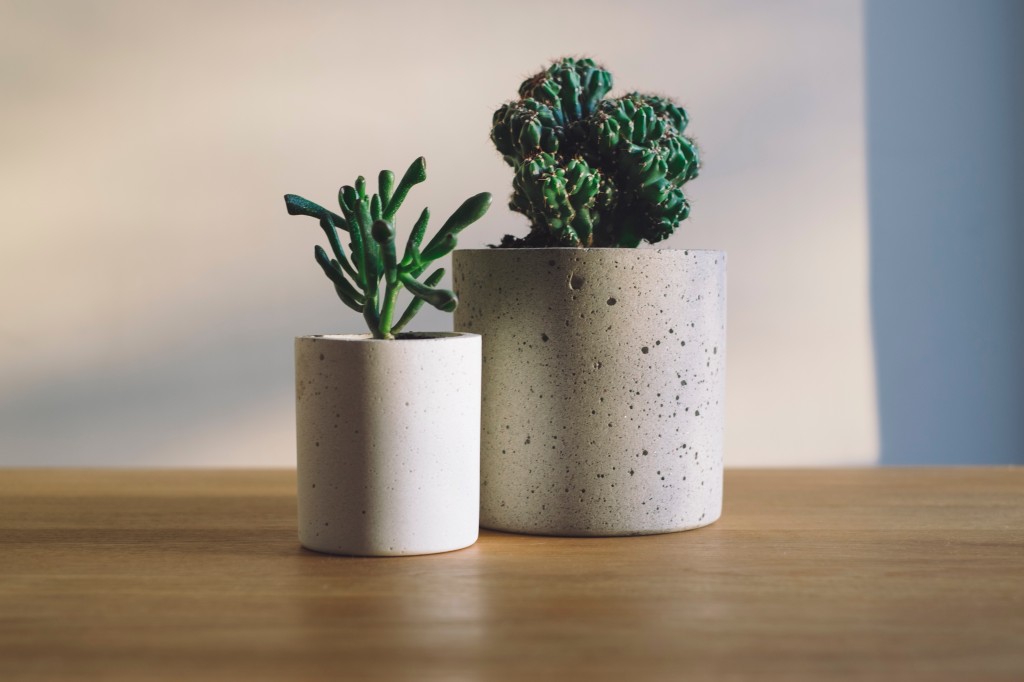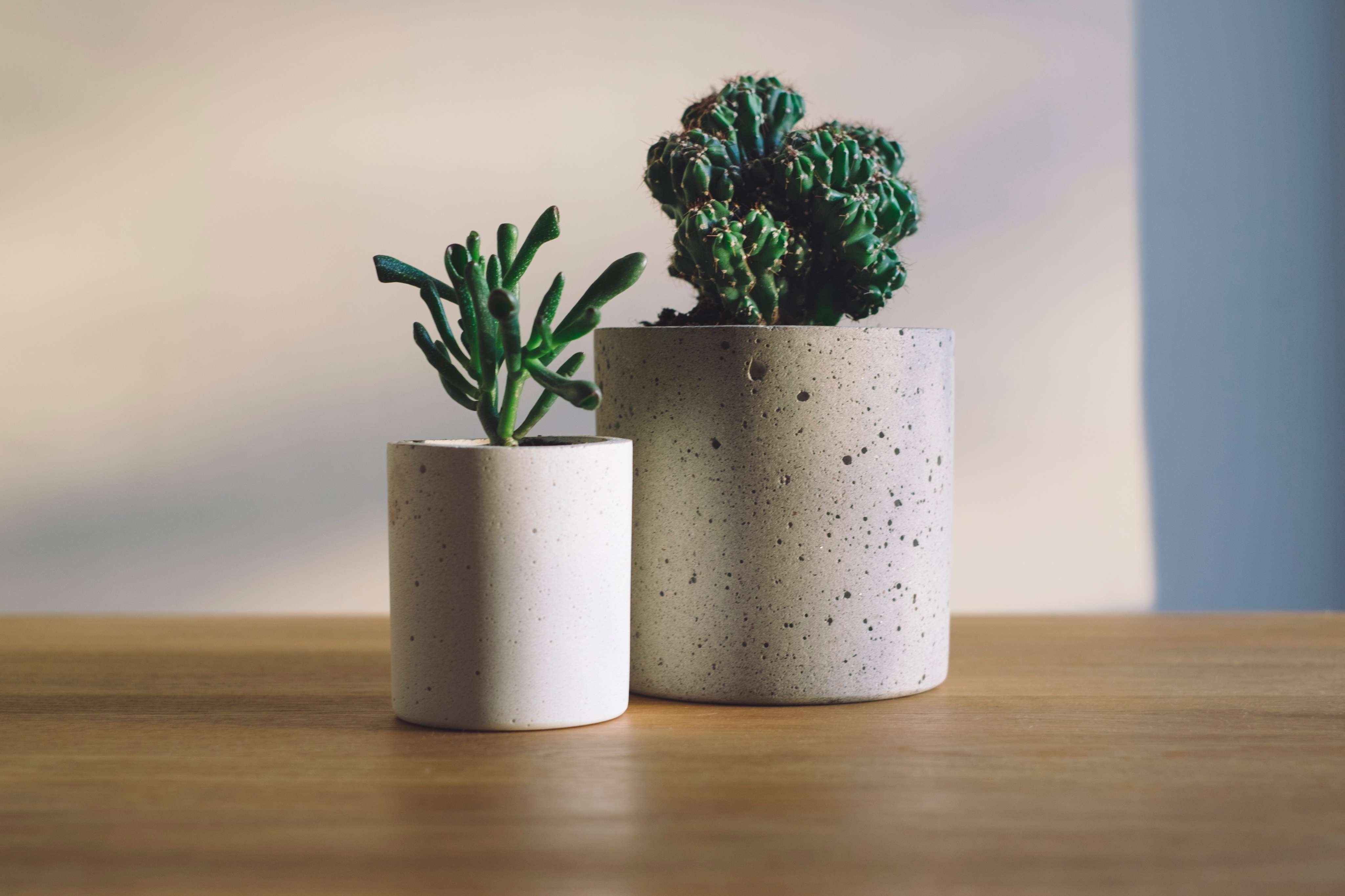
You may have heard the news. Indoor air pollution can be between 2 to 5 times more contaminated than the air outdoors. If you are committed to living green, then the chances are that your home is at the lower end of this scale, as it is cleaning chemicals, CFC beauty products, and certain paints and varnishes that contribute to this pollution. Nevertheless, the findings remain concerning, especially since the pollution of the environment has never been more serious, with air pollution rising by 8% in the last 5 years alone (The Guardian). Perhaps even scarier, is the fact that air pollution is thought to take away as much as 1-2 years of an individual’s life, with 5,000 premature deaths caused in South Carolina alone (due to the diesel trucks that speed through it day in, day out [Conserve Energy Future]).
Your home should be your green retreat – a place not of more harmful pollutants than outdoors, but instead of clean air. Let’s take a look at how this can be achieved, and what, exactly, the alternative is in terms of the airborne chemicals found within your home.
Let’s take a walk…
If you’ve ever wandered through an area with many trees that surround you in all directions, you’ll likely have noticed a fresh smell, best described as being ‘earthy’. This scent isn’t down to chance, you’re actually breathing in the heightened oxygen levels that are found here – and doesn’t it compare to the noxious, tainted air to be found in any given city.
Your home and chemicals to be aware of
Benzene
Benzene, a known carcinogen. This stuff is known to produce neurological problems, immune system issues, and even cancer. Benzene can be discovered in wide use in oils, paints, plastics, and rubber.
Trichloroethylene (TCE)
Trichloroethylene, used in many varnishes, adhesives, paints, and lacquers, is one serious chemical. Even short term exposure to this has been found to cause damage to the immune system, nervous system, kidneys, blood, heart, liver, respiratory system and to impact body weight.
Formaldehyde
You may recognize this chemical from, well, embalmment. Yup… that’s right, the substance used for chemically preserving a body could be rife throughout your home. This stuff is found in everything from foam to clothing, particleboard, and carpets. It’s worth noting that if you live in a new home, this chemical can usually be found in higher doses, as the materials used are soaked in the stuff.
Now, onwards and upwards to fresher, purer air
Green plants bring a little of the great outdoors, whilst also providing for a source of oxygen. Interestingly, however, there are certain plants (discovered and researched by NASA, as part of their 1989 study into plants ripe for intergalactic buildings) that are efficient filters for the many pollutants in the home environment. The following list of plants was the result of their work – alongside suggestions by us as to where to pop each for optimal growth.
Aloe Vera – Aloe loves the indoor environment, however, they should be placed in a sunny, warm area (such as the kitchen).
Aglaonema Modestum – Chinese Evergreen – The Aglaonema Modestum makes for an interesting addition to our list, as it actually becomes more efficient at filtering pollutants as time goes on. This plant likes a humid environment, should your home be too dry, you’ll find that the tips begin to turn off-color, slowly transforming into brown leaves.
Chamaedorea Seifritzii – Bamboo Palm – The Bamboo Palm loves bright rooms (though care should be taken not to place it in direct sunlight). You should also avoid overwatering, and try to keep your home’s temperature between 65 to 80 degrees if possible.
Chlorophytum elatum – Green Spider Plant – The Spider Plant likes an average to cool atmosphere, and thrives in dry soil. They are super easy to regrow, simply split off the ‘spiders’ and re-plant them. Soon, you could have a whole house of spider plants.
Dracaena Marginata – Marginata – Dracaena Marginata provides for a double whammy of pollutant removal – addressing trichloroethylene and formaldehyde both at once. This plant may be a slow grower, but its leaves are capable of growing upwards of 15 feet. Impressive indeed.
Gerbera Jamesonii – Gerbera Daisy/African daisy – The Gerbera Daisy is suited to anywhere in the home, however, they do require a little care – such as misting with spray twice a week, and receiving 6 hours sunlight daily, at minimum.
Hedera Helix – English Ivy/Common Ivy – Hedera Helix is an ideal plant to place in the bathroom, as it drives down the amount of fecal-matter particles in the air (we know… nice, right?). It also likes to be in a moist environment and is very effective at filtering formaldehyde (so if you do use chemicals to clean your bathroom, you can rest assured that the impact of them will be minimized with a Hedera Helix on the shelf).
Philodendron Oxycardium – Heart Leaf Philodendron – Whilst this plant is effective when it comes to tackling formaldehyde, it’s vital that you avoid it if you either have children or pets (its leaves are poisonous).
Sansevieria Laurentii – Mother in law’s tongue – This plant (also known as the Snake Plant) is the foe of formaldehyde, exceptionally good at eradicating the chemical’s nasty side-effects. They are perfectly placed in a bathroom, as it likes low-level light, as well as clammy atmospheres.
Scindapsus aureus – Golden Pothos – The Golden Pothos is, similarly to the Laurentii, an excellent clarifier of formaldehyde. It grows quickly but requires bright, indirect light
Spathiphyllum Mauna Loa – Peace Lily/Mauna Loa – Looking for an easy maintenance option? The Peace Lilly is your best bet. This plant requires only weekly watering and prefers the shade. What’s more, it also takes on all three common household pollutants: formaldehyde, benzene, and trichloroethylene.
So, breathe easy – with these plants in your home, you and your family can look forward to a healthy environment that contrasts starkly against the polluted outdoors (for all of the right reasons).
If you have to resist any questions, please contact us!

About the Author
Jen is your go-to guru for crafting a cozy, green cocoon. 🪴 Her dive into sustainable building wasn’t just about saving the planet—it started as a mission to make family movie nights eco-friendly (and to ensure the popcorn was the only thing getting heated!). With a knack for breaking down the jargon, Jen turns eco-lingo into everyday language. Swing by the Green Living blog for a mix of earth-loving advice and home improvement hacks. Whether you’re just dipping your toes into green waters or you’ve been swimming in the deep end of DIY projects, Jen’s here to guide, giggle, and remind you that every eco-choice is a step towards a planet that thanks you… and maybe even sends a rainbow your way! 🌈

